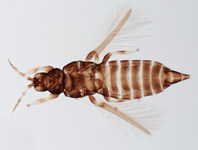Abstract
Four new Paramphimonhystrella species are described from the continental slope of New Zealand. P. glossalga n. sp. is characterised by presence of twelve lips, large buccal cavity, males with short, heavily cuticularised spicules joined distally, and females with large postvulvar sac and hammer-shaped cuticularised piece immediately posterior to vagina. P. barbula n. sp. is characterised by narrow buccal cavity, oval-shaped amphids, conico-cylindrical tail with swollen appearance due to conspicuously enlarged caudal gland, and males with long slender spicules and small gubernaculum. P. scutula n. sp. is characterised by a lozenge-shaped buccal cavity, males with scythe-shaped spicules, females with vulva at almost two thirds of body length from anterior, and a hammer-shaped cuticularised piece immediately posterior to vagina. P. echinocauda n. sp. is characterised by buccal cavity with cylindrical anterior portion and funnel-shaped posterior portion, distal tip of slender spicules with three pointed projections, thin gubernaculum, and tail with several long setae in middle portion, two lateral setae near tail tip and one terminal seta. The presence of a hammer-shaped cuticularised piece in two species of the genus is recorded for the first time; the function of this structure is unknown. The genus diagnosis is emended and a key to all known Paramphimonhystrella species (seven in total) is provided. The present study provides the first record of the genus outside the type locality (Yellow Sea) and extends its depth distribution from <150 m to 1350 m.

